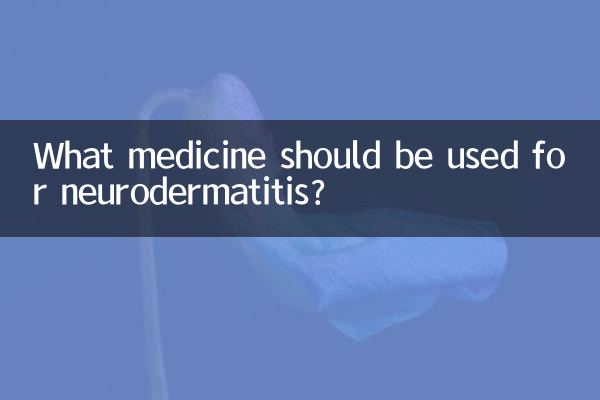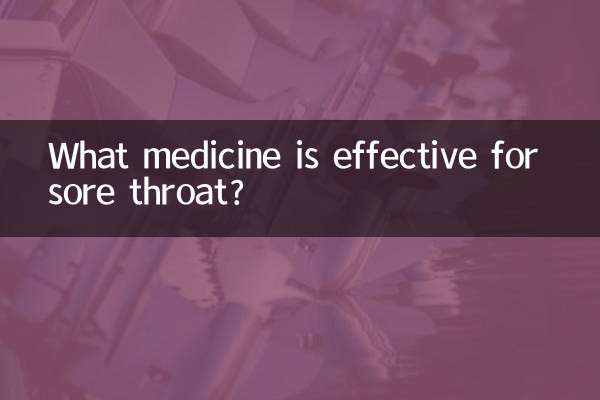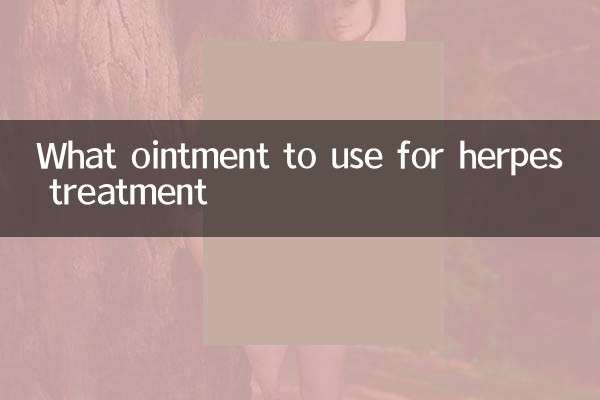What medicine should be used for neurodermatitis? Popular topics and solutions on the Internet in the past 10 days
Neurodermatitis is a common chronic skin disease characterized by dry skin, itching, and inflammatory reactions. Recently, the treatment and drug selection of neurodermatitis have become a hot topic on the Internet. This article will combine the hot content of the past 10 days to provide you with structured data and analysis to help you understand the drug treatment options for neurodermatitis.
1. Common symptoms of neurodermatitis

Neurodermatitis usually presents with localized or generalized itching, erythema, papules, and lichenification of the skin. Common affected areas include the neck, elbows, knees, and wrists. The following are the popular symptoms that netizens have paid attention to in the past 10 days:
| symptom | Attention (%) |
|---|---|
| severe itching | 78.5 |
| Dry and flaky skin | 65.2 |
| erythema and papules | 59.8 |
| thickened skin | 42.3 |
2. Commonly used drugs for neurodermatitis
According to the hot discussions on the Internet in the past 10 days, the following are the most commonly mentioned topical drugs for neurodermatitis:
| drug type | Representative medicine | Frequency of use (%) |
|---|---|---|
| Glucocorticoids | Hydrocortisone ointment, triamcinolone acetonide ointment | 82.7 |
| calcineurin inhibitor | Tacrolimus ointment, pimecrolimus cream | 68.4 |
| moisturizer | Urea ointment, Vaseline | 75.9 |
| antihistamines | Loratadine tablets, cetirizine tablets | 63.2 |
3. Medication recommendations for different severity levels
Based on the experiences shared by professional doctors and netizens in the past 10 days, the medication recommendations for neurodermatitis of different severity are as follows:
| Severity | Recommended medicine | Precautions for use |
|---|---|---|
| Mild | Low-potency glucocorticoids (such as 1% hydrocortisone) | 1-2 times a day, no more than 2 weeks |
| Moderate | Intermediate-acting corticosteroids (such as triamcinolone acetonide) | Once a day, no more than 1 week |
| Severe | High-potency glucocorticoids (such as betamethasone) | Use under the guidance of a doctor, short-term application |
| stubbornness | Tacrolimus ointment or pimecrolimus cream | Long-term maintenance treatment to avoid hormone dependence |
4. The auxiliary treatment methods that are hotly discussed on the Internet
In addition to drug treatment, netizens have also hotly discussed the following auxiliary treatment methods in the past 10 days:
| method | Support rate (%) | Things to note |
|---|---|---|
| Cold compress to relieve itching | 89.3 | Avoid applying ice directly and use a damp towel |
| psychological adjustment | 76.8 | Reduce stress and avoid scratching |
| diet modification | 68.5 | Avoid spicy food |
| Moisturizing care | 92.1 | At least 2 times a day, use immediately after bathing |
5. Precautions and Expert Suggestions
According to the recommendations of professional doctors and institutions in the past 10 days, you should pay attention to the following when using drugs to treat neurodermatitis:
1. Glucocorticoid ointments should not be used for a long time to avoid side effects such as skin atrophy.
2. Non-hormonal drugs such as tacrolimus can be used as long-term maintenance treatment options.
3. Do not scratch the affected area excessively to avoid aggravating skin damage and secondary infection.
4. Keeping the skin moist is the basis of treatment, and moisturizers should be used consistently.
5. If symptoms persist or worsen, seek medical treatment promptly and avoid long-term self-medication.
6. Summary
Treatment of neurodermatitis requires comprehensive consideration of drug selection, nursing methods, and lifestyle modifications. According to hot discussions on the Internet in the past 10 days, patients with mild symptoms can choose low-efficiency glucocorticoids combined with moisturizers, while patients with moderate to severe symptoms should use the medication under the guidance of a doctor. At the same time, maintaining a good mental state and regular work and rest habits are also very important for disease control.

check the details

check the details